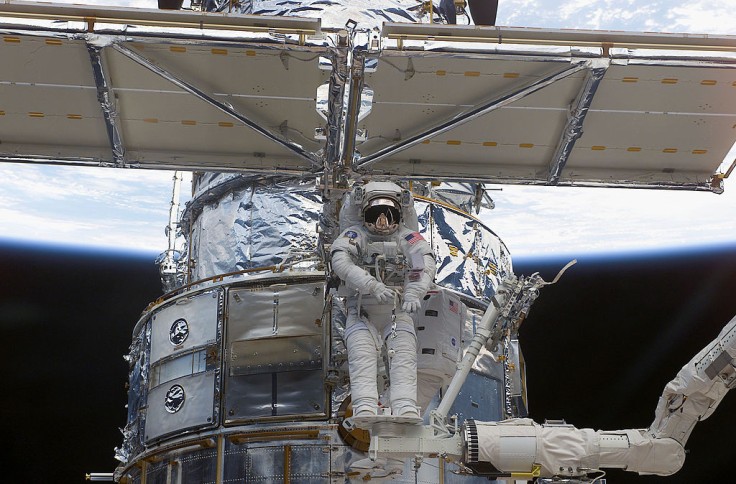
The NASA Hubble Space Telescope recently captured the death of a star after a supernova explosion. With the help of the Hubble data and observations from space- and ground-based telescopes, astronomers witnessed the star's demise.
In addition, this incident could help astronomers develop an early warning system for the dying stars.
NASA Hubble Images: Space Telescope Captures the Star's Death
For background information, NASA stated that the supernova is called SN 2020fqv, and it is found in the interacting butterfly galaxies about 60 million light-years away from the Earth in the constellation Virgo.
In April 2020, astronomers discovered the supernova through the Zwicky Transient Facility in the Palomar Observatory in San Diego, California. Aside from this discovery, astronomers realized that the NASA Transiting Exoplanet Survey Satellite (TESS) also discovered the supernova. This satellite is intended to search for planets outside the solar system, but it also observes stars as well as uncovering exoplanets, per RemoNews.
After their discovery, astronomers used Hubble and other ground-based telescopes to observe the supernova. The combination of these observations provided a complete view of the star's earliest stage of destruction. Since NASA Hubble was intended to observe the supernova, it discovered a circumstellar material near the aging star after the explosion.
🎟️ Get your ringside tickets ready!
— Hubble (@NASAHubble) October 21, 2021
Hubble witnessed the first moments of a star's death after a supernova exploded inside the Butterfly Galaxies.
This will help give researchers better insight into what was happening to the star just before it died: https://t.co/m2Np1Wsr7y pic.twitter.com/IpFXne0qdy
This circumstellar material was released by the star last year before its death. NASA Hubble's discovery gave astronomers a clear explanation of the star before it died. According to the Postdoctoral Scholar in Astronomy at the University of California Santa Cruz, Samaporn Tinyanont, the circumstellar material is only visible for a very short period and their observation will only start after the supernova's explosion.
"For this supernova, we were able to make ultra-rapid observations with Hubble, giving unprecedented coverage of the region right next to the star that exploded," Tinyanont furthered, per NASA.
NASA Hubble Discovery: An Early Warning System?
Because the NASA Hubble gave astronomers a glimpse of the star before its death, University of California Sta. Cruz Ryan Foley expressed belief that this could be an early warning system. He also thinks that the stellar outburst should be taken seriously.
"So, if you see a star start to shake around a bit, start acting up, then maybe we should pay more attention and really try to understand what's going on there before it explodes. As we find more and more of these supernovae with this sort of excellent data set, we'll be able to understand better what's happening in the last few years of a star's life," Foley told NASA.
In a previous report, there are also supernovas that occurred in 2014 and 2019. The 2014 supernova was still active but faded from its former look, which is now a normal star in the busy galaxy. The 2014 faded supernova is located on the NGC 4666 galaxy.
Meanwhile, the 2019 supernova is said to be 19 times gigantic as the Sun, but Northwestern University's Charles Kilpatrick said that they did not expect it to have a massive burst. Kilpatrick added that the 2019 supernova is a big unsolved mystery since they saw the star as completely normal.
In relation to what Foley said, his claims of understanding the star's previous life could be an early warning system may not be 100 percent accurate, especially since the star from the 2019 supernova was completely normal few years before its explosion.









